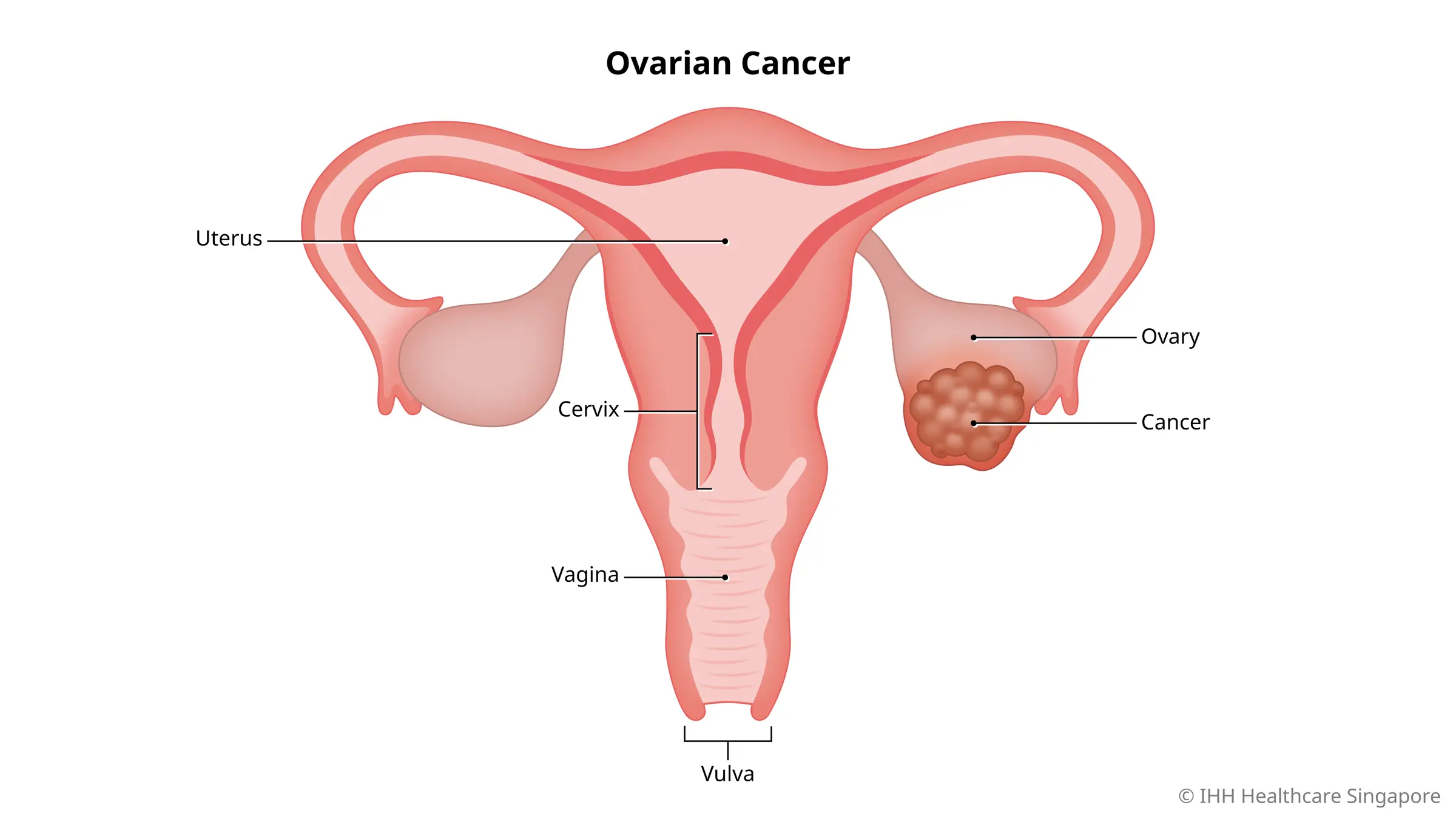Cancer Types
-

Lung cancer is the third most common cancer in the U.S. It’s caused by harmful cells in your lungs growing unchecked. Treatments include surgery, chemotherapy, immunotherapy, radiation and targeted drugs. Screening is recommended if you’re at high risk. Advances in treatments have caused a significant decline in lung cancer deaths in recent years.
-

Anal cancer is a type of cancer where the malignant cells form in the tissues of the anus, which is the end of the gastrointestinal tract and is comprised of the last inch or so of the large intestine. This type of cancer is relatively rare when compared to other forms of digestive system cancers such as colorectal cancer.
-

Ovarian cancer is a type of cancer that originates in the ovaries, the female reproductive organs responsible for producing eggs (ova) and the hormones estrogen and progesterone.
-

Gastric cancer is a type of cancer that originates in the cells lining the stomach, an organ that aids in digestion and nutrient absorption. This cancer can grow and spread to other parts of the body, such as the liver, lungs, or lymph nodes.
-

Colon cancer begins in the colon or rectum, which are part of the large intestine. The large intestine is the final section of the digestive system that helps break down food and absorb nutrients. Colon cancer often starts as small, benign polyps on the colon or rectum’s lining. Some of these polyps may become cancerous over time and spread to other parts of the body.
-

Breast cancer, a condition characterized by uncontrolled growth of breast cells, affects both men and women, though it is more prevalent in the latter. The most frequently diagnosed form is ductal carcinoma, which originates in the cells of the milk ducts.
-

Liver cancer is a significant health issue and is among the fastest-growing types of cancer in the United States. It is categorized into two types: primary and secondary. Primary liver cancer originates within the liver, while secondary liver cancer metastasizes to the liver from other parts of the body. This article will primarily focus on primary liver cancer.
-

Prostate cancer is one of the most prevalent cancers among men worldwide. It originates in the prostate gland, and the uncontrolled growth of malignant cells leads to the development of this disease. Common treatments for prostate cancer encompass surgery, chemotherapy, immunotherapy, radiation therapy, and targeted drug therapies. For individuals at a higher risk, regular screenings are recommended to detect the cancer at an early and more treatable stage. Notably, advancements in prostate cancer treatments have contributed to a substantial reduction in mortality rates over the past years, highlighting the progress made in combating this form of cancer.
-

Cervical cancer is a common global affliction originating from the uncontrolled growth of abnormal cells in the cervix. Mainly caused by persistent high-risk HPV infection, treatment options include surgery, chemotherapy, radiation, immunotherapy, and targeted drugs. Routine screening is vital, especially for those at high risk, contributing to the significant decline in cervical cancer deaths in recent years through early detection and advanced treatments.
-

Thyroid cancer, though less common, poses a significant global health concern, stemming from abnormal cell growth in the thyroid gland. Factors like genetics and radiation exposure contribute to its development. Treatment options, including surgery, radioactive iodine therapy, and targeted therapy, aim to address the condition. Regular screening, especially for high-risk individuals, is recommended for early detection. Advances in diagnostics and treatment have contributed to improved outcomes, reflected in a positive trend in thyroid cancer mortality rates in recent years.
